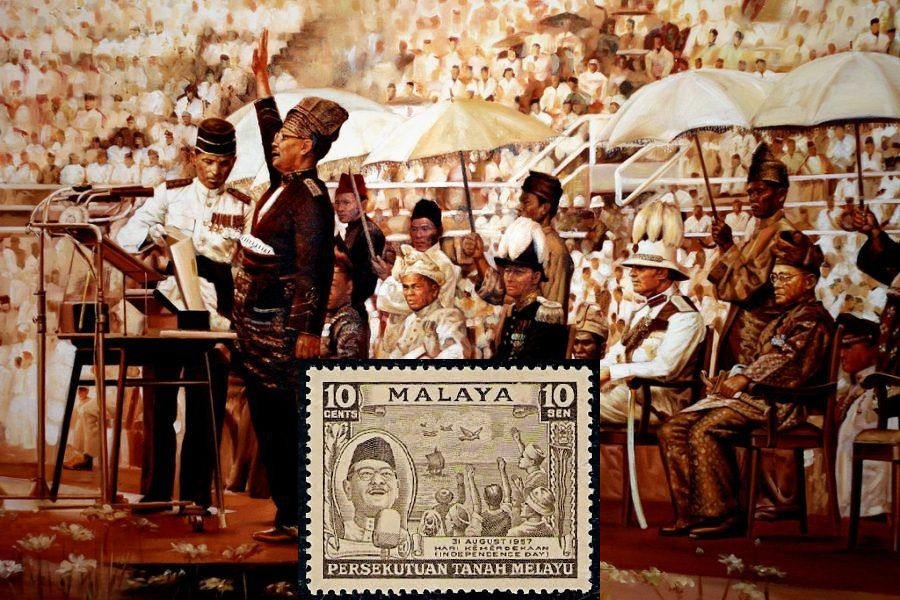By Eu Hong Chew
EKSONS Corporation Bhd is a plywood manufacturer with a property development arm. Historically, the timber (plywood) segment accounted for more than 80% of the group’s turnover.
As of end-December 2020, the group had a total capital employed (TCE) of RM439 mil. The bulk of this TCE is from shareholders’ funds.
What is so interesting about the group is that only about half of the TCE has been deployed for the operations (timber and property segments). The balance is in cash/cash equivalents (including investments in securities) amounting to RM211 mil.
The chart below depicts the sources and utilisation of funds in the cash-rich company:

Focus on operating and non-operating returns
When analysing the performance of cash-rich companies, you should not look at returns from an overall perspective. This is because cash usually generates low returns.
As such, a return based on the total income divided by the total capital employed will not give the correct picture of a company’s performance.
For example, the group reported a pre-tax profit of RM10.8 mil for the nine months ending December 2020. These earnings were derived from two sources, namely operations and from cash equivalents.
A more appropriate way to analyse performance is to match:
- The operating income with the operating assets employed; and
- The interest income and gain from the investment securities with the cash/cash equivalents.
The chart below illustrates such a comparison. You will note that the operations actually did not make any profits for the period covered. It actually incurred losses and the interest income and gain from securities more than offset the operating losses.

The key point here is not to analyse the specific performance of Eksons. Rather for a company with significant cash, you should break it down to the operating and cash components when analysing performance.
Follow the cash
The other point I want to make about companies with a large cash hoard is that you need to see the reasons for them. This is so that you can understand whether the cash is available for distribution to shareholders.
In the case of Eksons, the cash is not available for distribution to shareholders.
In the mid-2000, the timber segment was the core business for Eksons. At its peak in 2007 and 2008, this segment had an average annual revenue of RM345 mil.
But then the Timber segment business started to decline by about six to seven years ago. And for FYE2019 (to exclude the impact of COVID-19) the revenue is about one-fifth of the 2008 revenue.
In 2008/2009, Eksons ventured into property development and this was a significant contributor till 2015. Thereafter, there has not been a significant contribution from this segment. You can attribute this to the soft property market.
The chart below shows how the revenue has changed over the past 13 years:

I will not go into details about the reasons for the revenue decline and what the group has done to turn it around. If interested you can refer to “Is Eksons a value trap? (Part 2 of 2)”.
Pending the turnaround, the group’s current operations have been scaled down and this has resulted in a reduction in the working capital.
Historically, there is a 1.0 to 0.9 revenue to working capital ratio for the group. If this ratio continues to hold, once the group rebuilds back the operations, I would expect to see an increase in the working capital.
I estimated that that about RM225 mil of the cash would be required for working capital when this happens. This assumes that:
- The 1.0 to 0.9 revenue to working capital ratio continues to hold; and
- The group re-builds the revenue back to the RM300 mil levels.
This is of course a back-of-envelope analysis. But it illustrates that the cash is not available for distribution to shareholders.
Conclusion
The common mantra in investing is that “cash is king”. While I do not dispute this, whenever you see a company with significant cash or cash equivalent, you have to dig deeper.
When looking at returns, you have to segregate out the cash as returns from cash are generally lower than the operating returns. Otherwise, the case will mask the real operating returns.
Then you have to see the reasons for the cash hoard. If it is like the case of Eksons where it is due to scaling down the operations, it is not available to shareholders.
Only cash in excess of the company’s potential requirements – the free cash flow – is available to shareholders. – March 24, 2021
Datuk Eu Hong Chew was on the board of i-Bhd from 1999 till 2020. As Group CEO, he led its transformation from a digital appliance manufacturer into the developer of i-City, the Selangor Golden Triangle.
This article was re-purposed from “Is Eksons a value trap?” that was first published on i4value.asia. Refer to the article for more details of the fundamental analysis.
The views expressed are solely of the author and do not necessarily reflect those of Focus Malaysia.










